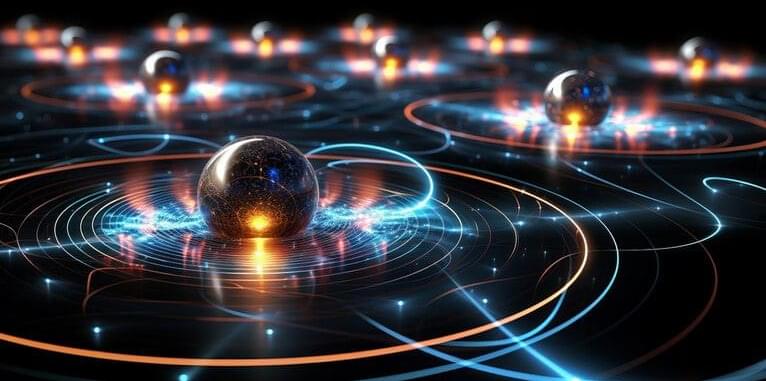Room Temperature and Ambient Pressure Superconductor? We shall see. But video is hopeful, currents are practical…
Increase your recognition in the scientific world with short video-casts.
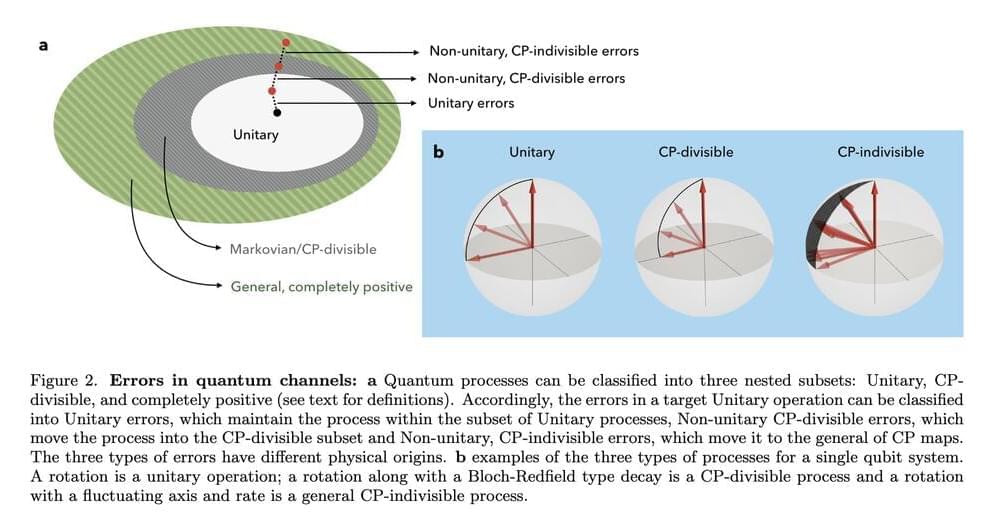
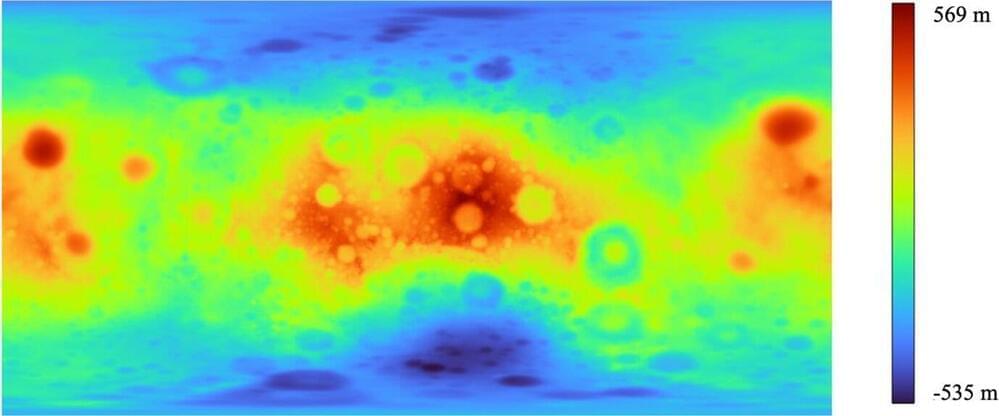
Kamilla Cziráki, a geophysics student at the Faculty of Science of Eötvös Loránd University (ELTE), has taken a new approach to researching the navigation systems that can be used on the surface of the moon to plan future journeys.
Working with Professor Gábor Timár, head of the Department of Geophysics and Space Sciences, Cziráki calculated the parameters used in the Earth’s GPS system for the moon using the method of mathematician Fibonacci, who lived 800 years ago. Their findings have been published in the journal Acta Geodaetica et Geophysica.
Now, as humanity prepares to return to the moon after half a century, the focus is on possible methods of lunar navigation. It seems likely that the modern successors to the lunar vehicles of the Apollo missions will now be assisted by some form of satellite navigation, similar to the GPS system on Earth. In the case of Earth, these systems do not take into account the actual shape of our planet, the geoid, not even the surface defined by sea level, but a rotating ellipsoid that best fits the geoid.
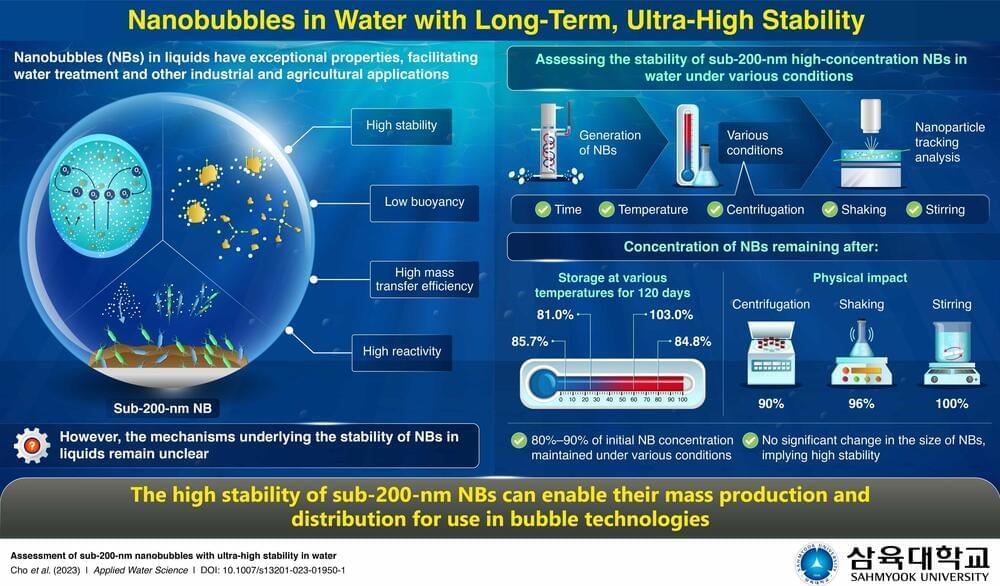
Bubble technology has emerged as a powerful tool for addressing environmental pollution, enhancing water treatment processes, and boosting industrial and agricultural production. Such novel applications of this technology have emerged owing to the unique properties of nanobubbles (NBs)—gas bubbles smaller than 1,000 nanometers (nm) in diameter.
In particular, NBs in water, especially those with diameter less than 200 nm, exhibit low buoyancy, high mass transfer efficiency, high reactivity, and exceptional stability. However, the underlying mechanism behind their stability has remained elusive, with most studies focusing only on the temporal changes in the size and surface charge of NBs and overlooking the changes in their concentration under various conditions.
To address this issue, a team of researchers led by Associate Professor Myoung-Hwan Park from Sahmyook University in South Korea has recently investigated the number and stability of high-concentration NBs in water under various conditions. Their study was published in Applied Water Science.
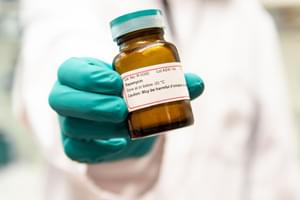
Imagine you could take a medicine that prevents the decline that come with age and keeps you healthy. Scientists are trying to find a drug that has these effects. The current most promising anti-ageing drug is Rapamycin, known for its positive effects on life and health span in experimental studies with laboratory animals. To obtain the maximum beneficial effects of the drug, it is often given lifelong. However, even at the low doses used in prevention for age-related decline, negative side effects may occur, and it is always desirable to use the lowest effective dose. A research group at the Max Planck Institute for Biology of Ageing in Cologne, Germany, has now shown in laboratory animals that brief exposure to rapamycin has the same positive effects as lifelong treatment opening new doors for a potential application in humans.
Combatting the negative effects of ageing is increasingly becoming the focus of research scientists. Lifestyle changes can improve health of older people, but alone is not sufficient to prevent the ills of older age. Repurposing existing drugs for ‘geroprotection’ is providing an additional weapon in the prevention of age-related decline. The current most promising anti-ageing drug is rapamycin, a cell growth inhibitor and immunosuppressant that is normally used in cancer therapy and after organ transplantations. “At the doses used clinically, rapamycin can have undesirable side-effects, but for the use of the drug in the prevention of age-related decline, these need to be absent or minimal. Therefore, we wanted to find out when and how long we need to give rapamycin in order to achieve the same effects as lifelong treatment”, explains Dr. Paula Juricic, the leading investigator of the study in the department of Prof.
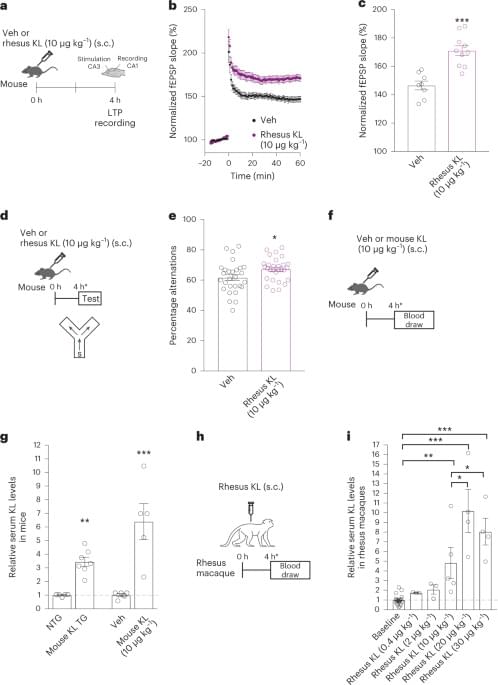
Cognitive dysfunction in aging is a major biomedical challenge. Whether treatment with klotho, a longevity factor, could enhance cognition in human-relevant models such as in nonhuman primates is unknown and represents a major knowledge gap in the path to therapeutics. We validated the rhesus form of the klotho protein in mice showing it increased synaptic plasticity and cognition. We then found that a single administration of low-dose, but not high-dose, klotho enhanced memory in aged nonhuman primates. Systemic low-dose klotho treatment may prove therapeutic in aging humans.
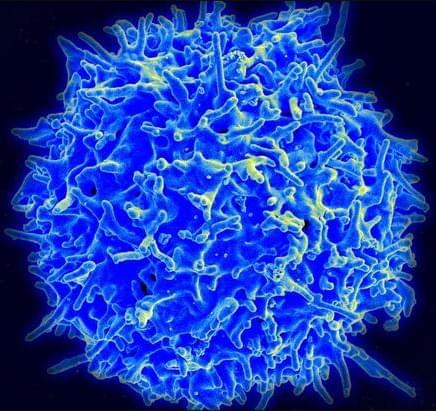

NIH-funded clinical trial finds cholesterol-lowering treatment reduced cardiovascular events by 35%.
A National Institute of Health-supported study found that statins, a class of cholesterol-lowering medications, may offset the high risk of cardiovascular disease in people living with HIV by more than a third, potentially preventing one in five major cardiovascular events or premature deaths in this population. People living with HIV can have a 50–100% increased risk for cardiovascular disease. The findings are published in the New England Journal of Medicine.
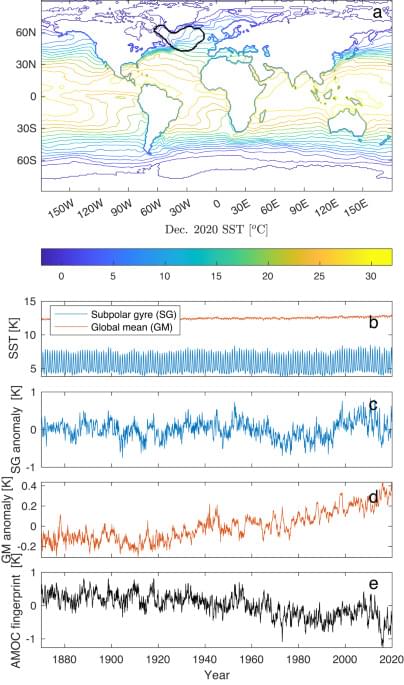
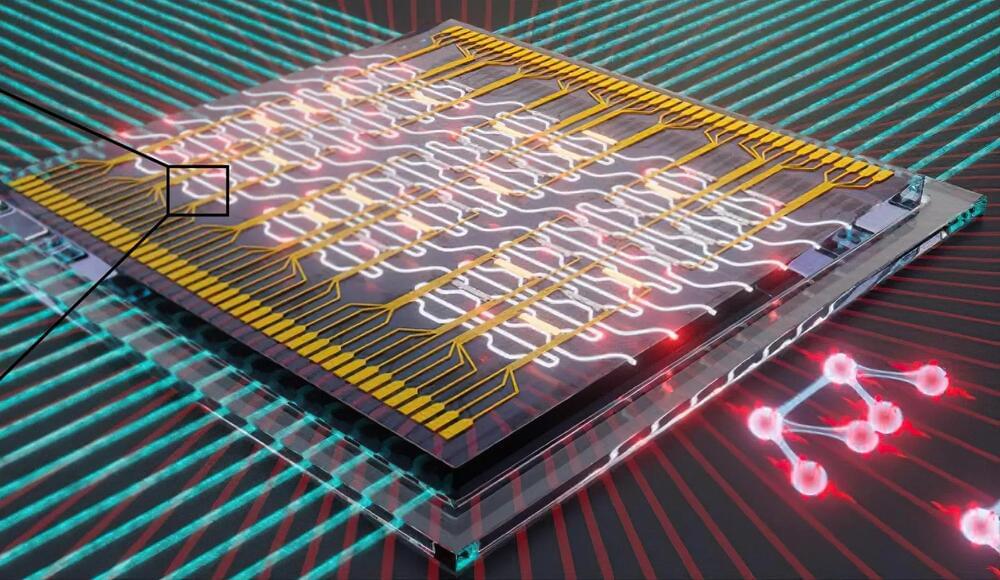
Scientists at the Niels Bohr Institute, in cooperation with the University of Münster and Ruhr-Universität Bochum, developed new technology capable of processing the enormous amounts of information quantum systems generate. They’ve successfully linked deterministic single-photon.
A photon is a particle of light. It is the basic unit of light and other electromagnetic radiation, and is responsible for the electromagnetic force, one of the four fundamental forces of nature. Photons have no mass, but they do have energy and momentum. They travel at the speed of light in a vacuum, and can have different wavelengths, which correspond to different colors of light. Photons can also have different energies, which correspond to different frequencies of light.
